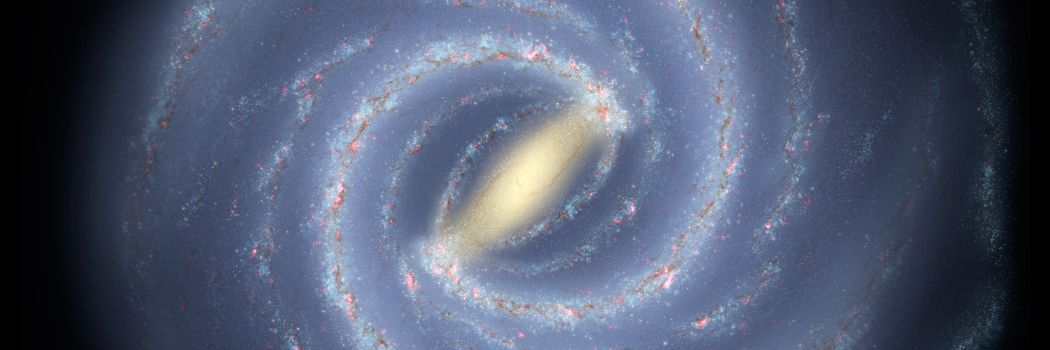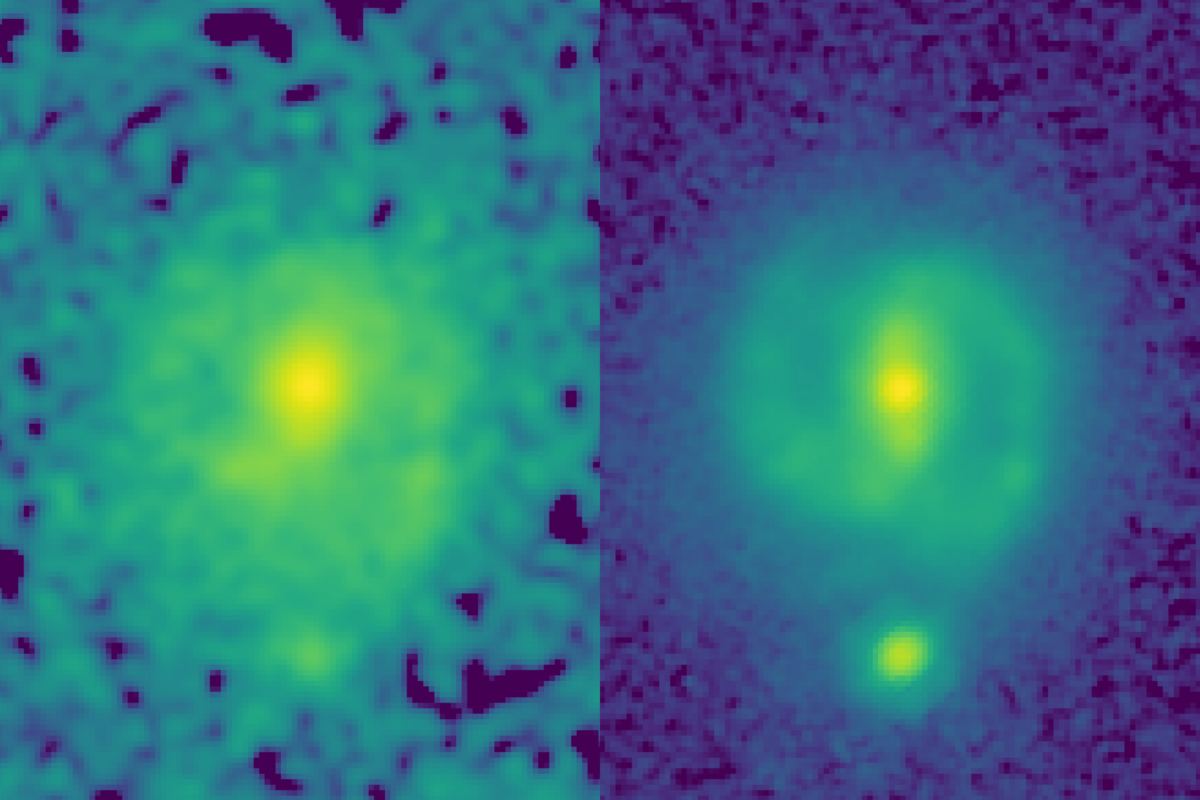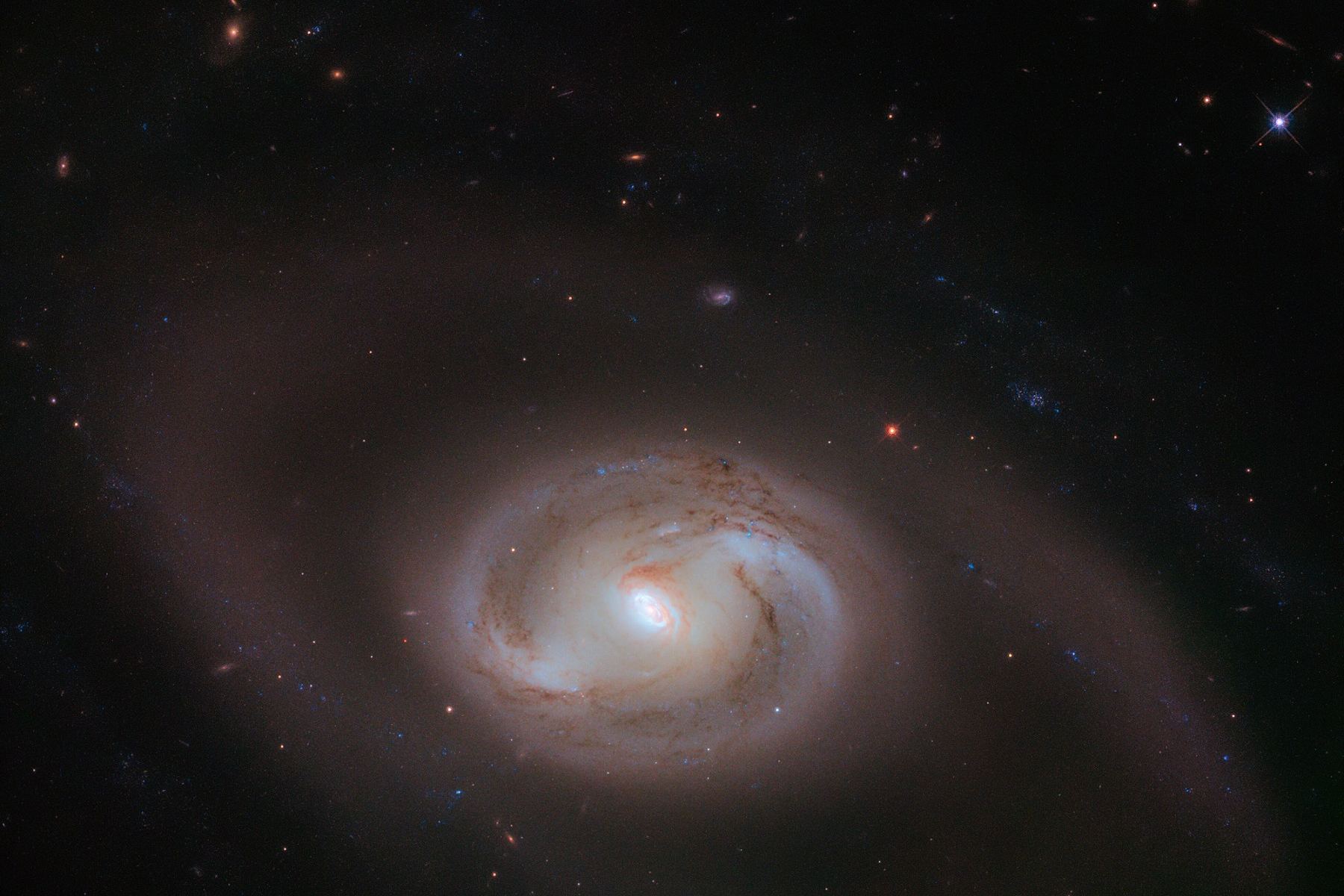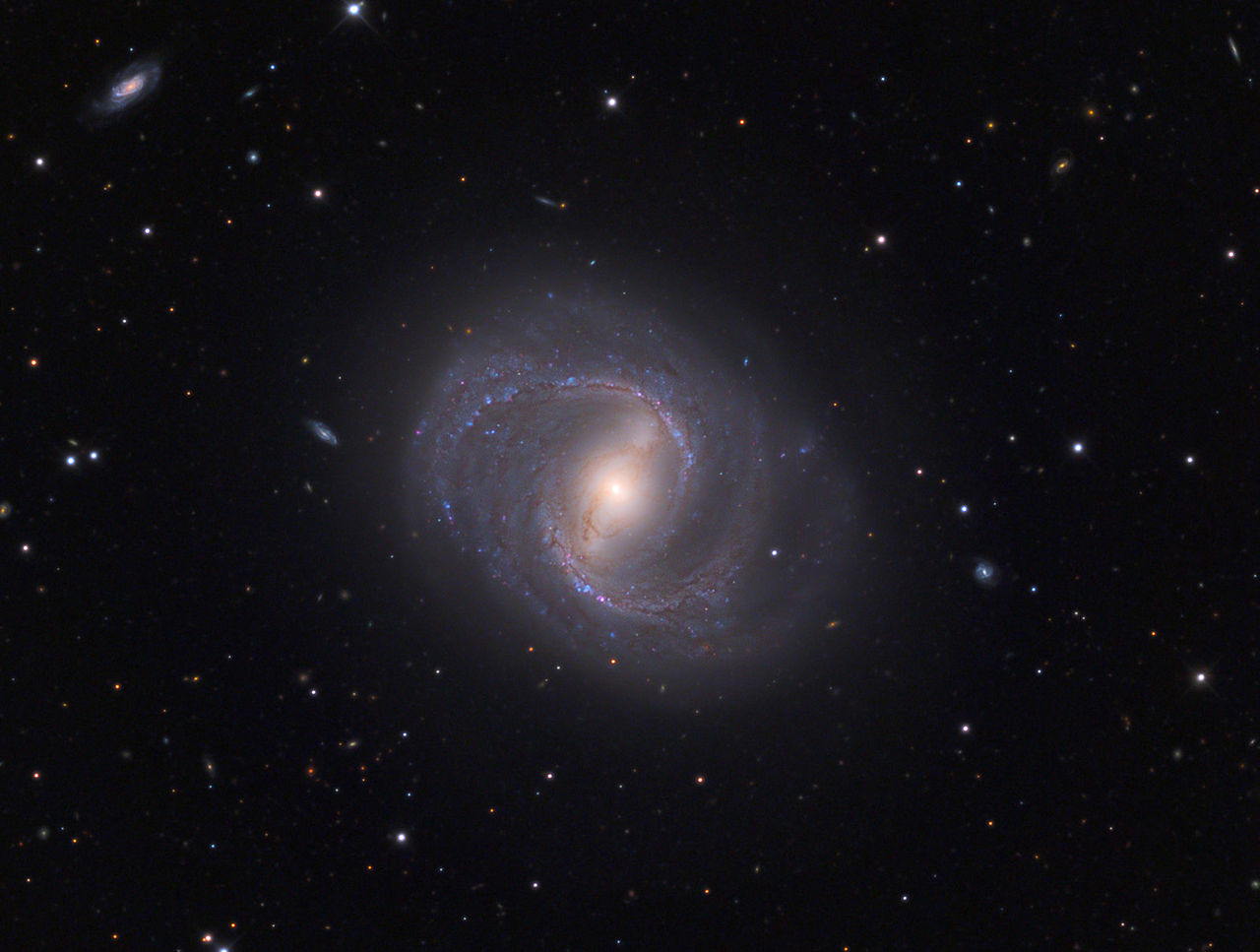Anyone familiar with astronomy will know that galaxies come in a fairly limited range of shapes, typically; spiral, elliptical, barred-spiral and irregular. The barred-spiral galaxy has been known to be a feature of the modern universe but a study from astronomers using the Hubble Space Telescope has recently challenged that view. Following on observations using the James Webb Space Telescope has found the bar feature in some spiral galaxies as early as 11 billion years ago suggesting galaxies evolved faster in the early Universe than previously expected.
Continue reading “Galaxies Evolved Surprisingly Quickly in the Early Universe”New JWST Image Shows That Grand Spiral Galaxies had Already Formed 11 Billion Years ago
For the first time this week, photos from the James Webb Space Telescope (JWST) revealed that stellar bars were present in some galaxies as far back as 11 billion years ago. Stellar bars are a defining feature of about two-thirds of all spiral galaxies in the Universe, including our own Milky Way. The discovery has implications for astronomers’ understanding of galactic evolution, indicating that bars form very quickly and may persist for much of a galaxy’s lifespan, influencing its shape and structure.
Continue reading “New JWST Image Shows That Grand Spiral Galaxies had Already Formed 11 Billion Years ago”A New Image From Webb Shows Galaxy NGC 1365, Known to Have an Actively Feeding Supermassive Black Hole
The James Webb Space Telescope continues to deliver stunning images of the Universe, demonstrating that the years of development and delays were well worth the wait! The latest comes from Judy Schmidt (aka. Geckzilla, SpaceGeck), an astrophotographer who processed an image taken by Webb of the barred spiral galaxy NGC 1365. Also known as the Great Barred Spiral Galaxy, NGC 1365 is a double-barred spiral galaxy consisting of a long bar and a smaller barred structure located about 56 million light-years away in the southern constellation Fornax.
Continue reading “A New Image From Webb Shows Galaxy NGC 1365, Known to Have an Actively Feeding Supermassive Black Hole”Messier 96 – the NGC 3368 Spiral Galaxy
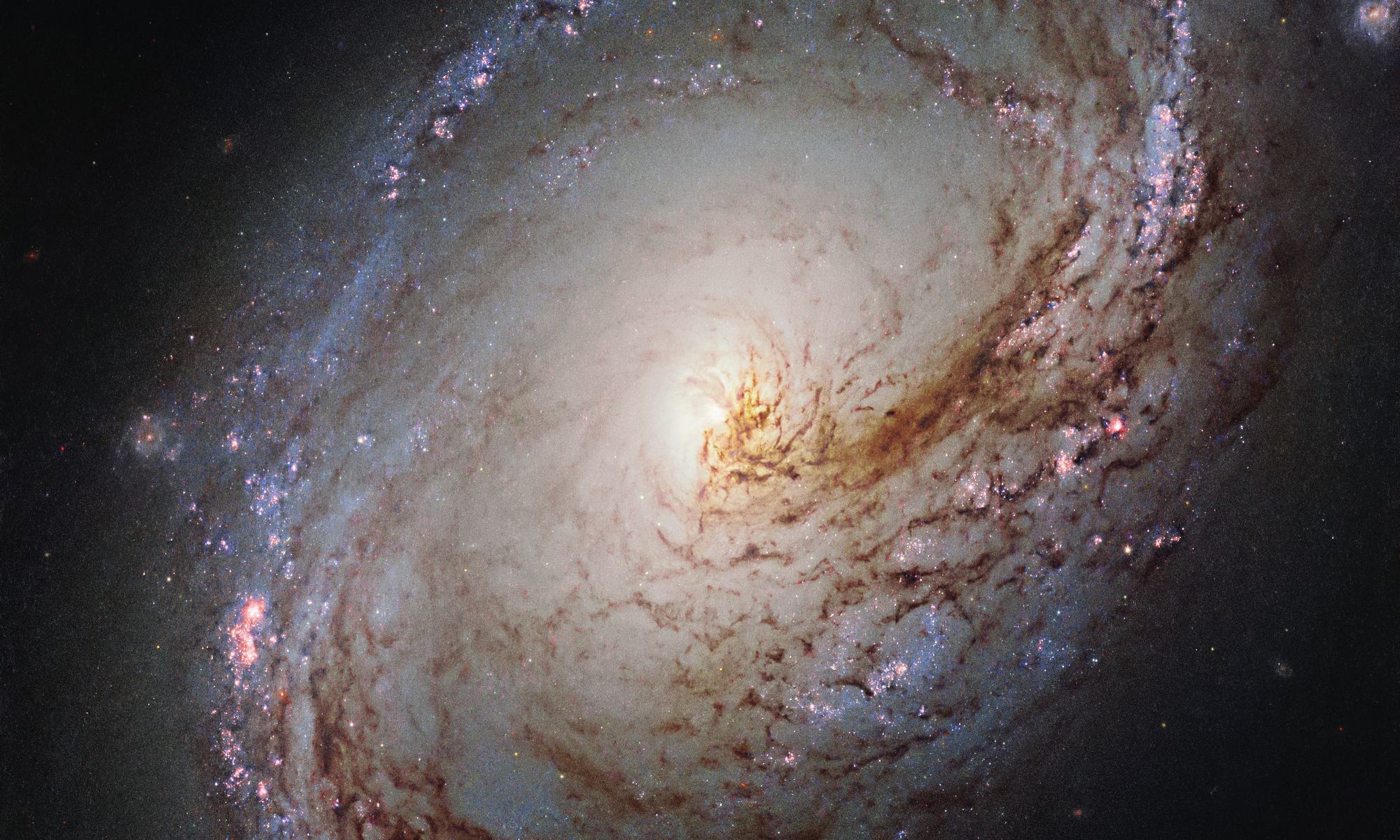
Welcome back to Messier Monday! Today, we continue in our tribute to our dear friend, Tammy Plotner, by looking at the barred spiral galaxy known as Messier 95!
During the 18th century, famed French astronomer Charles Messier noticed the presence of several “nebulous objects” while surveying the night sky. Originally mistaking these objects for comets, he began to catalog them so that others would not make the same mistake. Today, the resulting list (known as the Messier Catalog) includes over 100 objects and is one of the most influential catalogs of Deep Space Objects.
One of these objects is Messier 96 (M96, NGC 3368), an intermediate double-sparred spiral galaxy located about 31 million light-years away in the constellation Leo. This galaxy is known for having a small inner bulge through the core, an outer bulge, and is comparable in size to the Milky Way. M96 is the brightest member of the Leo I group of galaxies (which includes M95, M105, and a number of fainter galaxies), hence why it’s also known as the M96 group.
Continue reading “Messier 96 – the NGC 3368 Spiral Galaxy”The Milky Way’s Central bar Spin-Rate is Slowing Down Thanks to Dark Matter
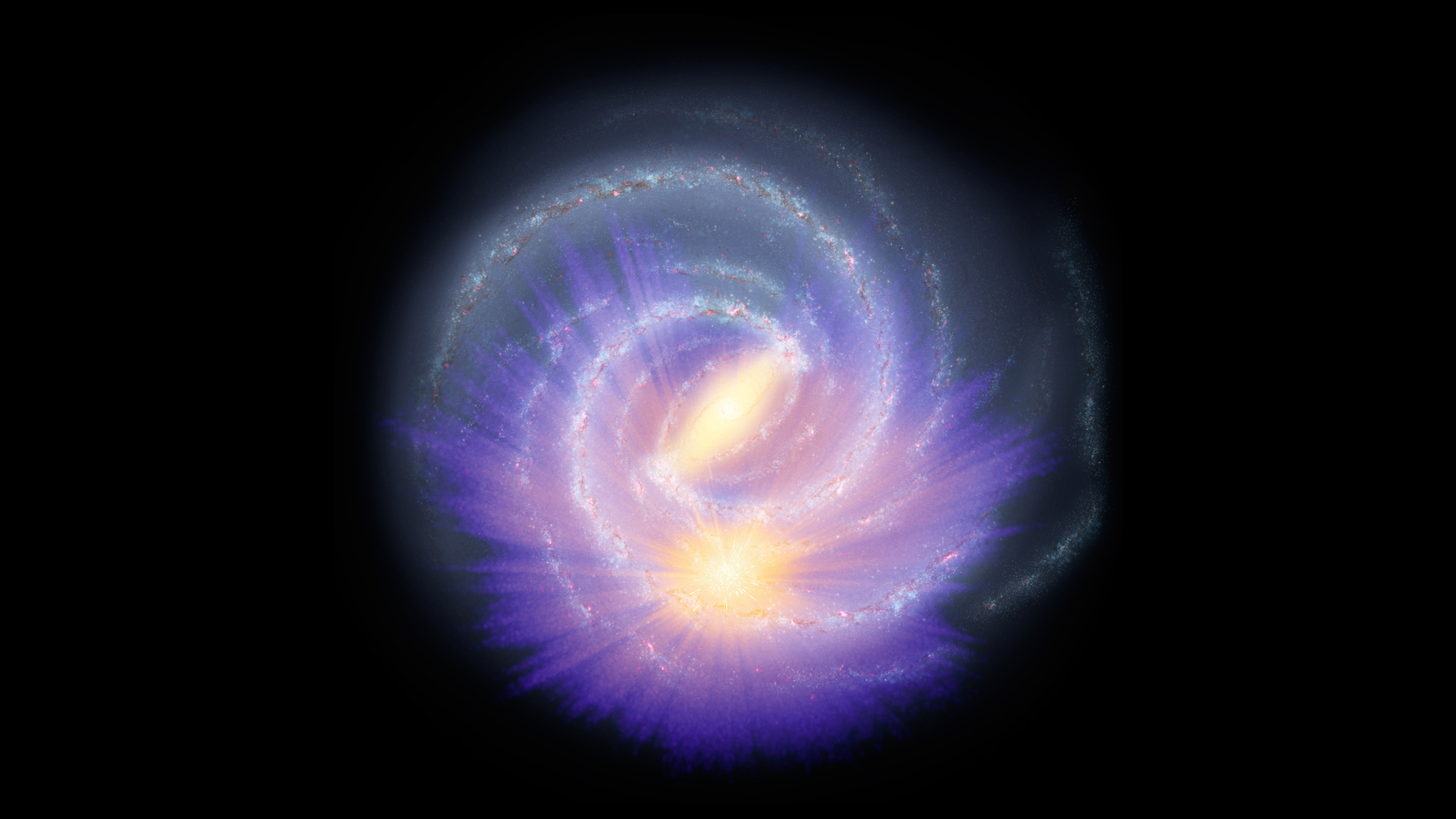
If it were’t for an enormous halo of dark matter enveloping our galaxy, the spin-rate of our central bar should stay pretty constant. But researchers have recently inferred that it has slowed down by almost 25% since its formation, a clear sign of the presence of dark matter.
Continue reading “The Milky Way’s Central bar Spin-Rate is Slowing Down Thanks to Dark Matter”Barred Spiral Galaxy NGC 2608, Surrounded by Many Many Other Galaxies
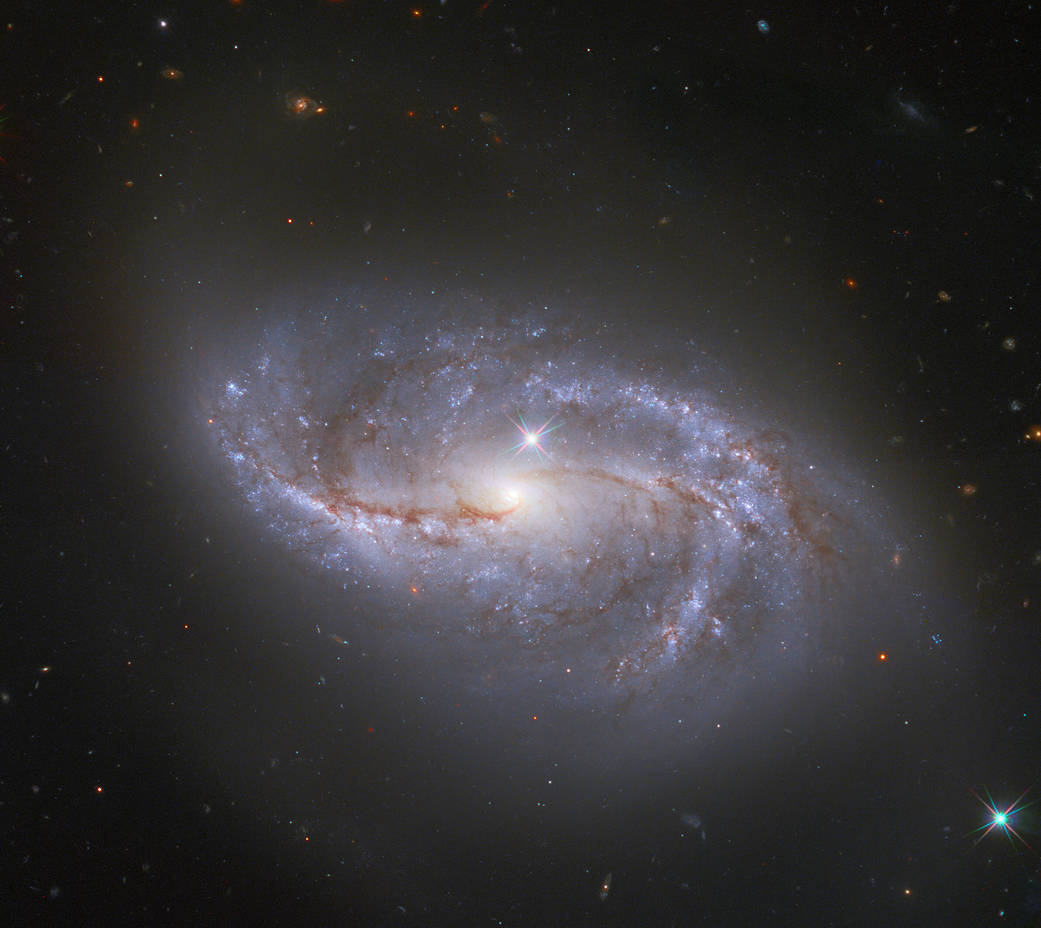
Meet NGC 2608, a barred spiral galaxy about 93 million light years away, in the constellation Cancer. Also called Arp 12, it’s about 62,000 light years across, smaller than the Milky Way by a fair margin. The Hubble Space Telescope captured this image with its Wide-Field Camera 3 (WFC3).
Continue reading “Barred Spiral Galaxy NGC 2608, Surrounded by Many Many Other Galaxies”Barred Spiral NGC 3895 Captured by Hubble
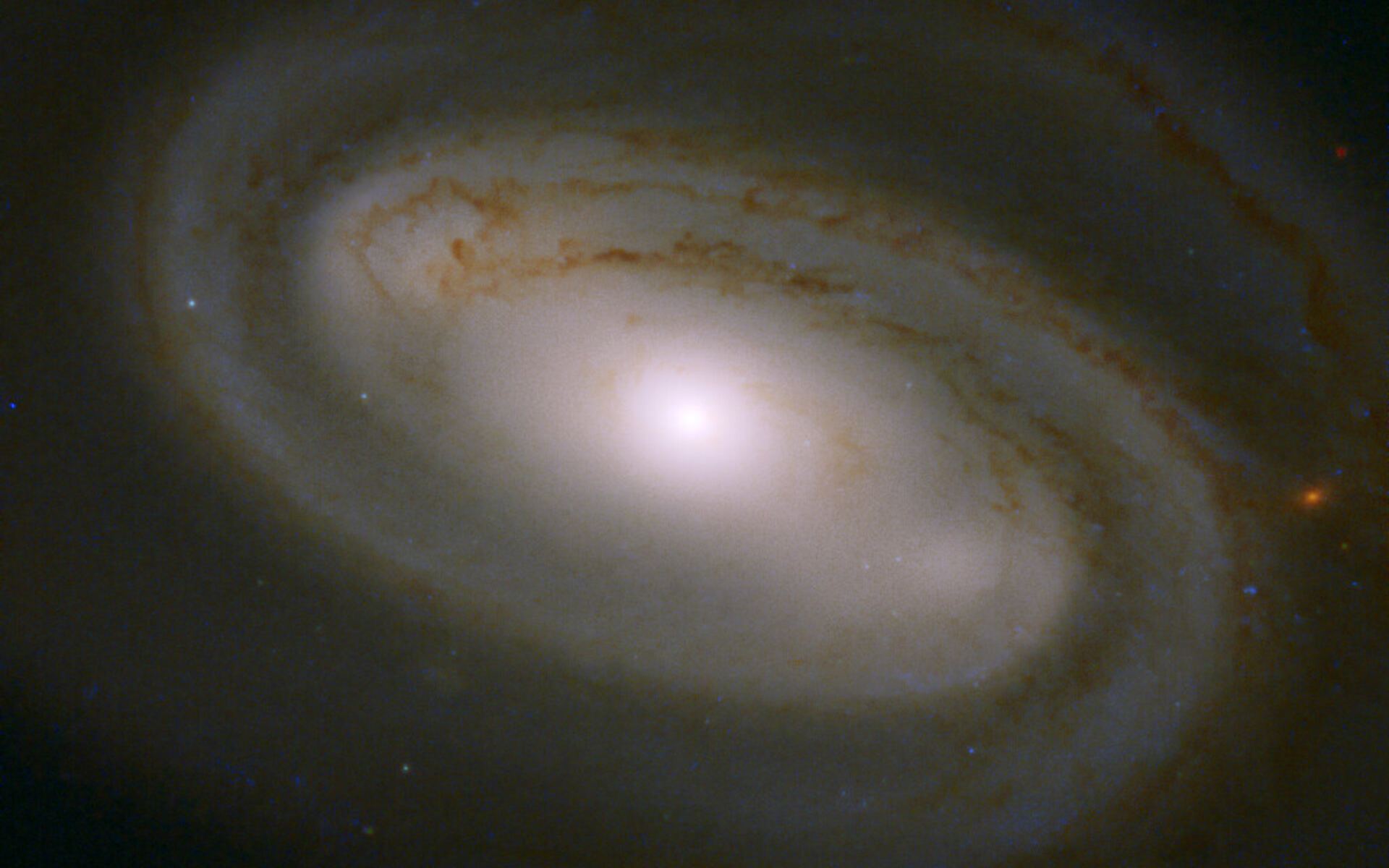
NGC 3895 is a barred spiral galaxy in the Ursa Major constellation. It’s about 145 million light years away from our home, the Milky Way, and its diameter is about 45,000 light years. William Herschel discovered it way back in 1790.
Now the Hubble Space Telescope has given us another gorgeous image of it. Thanks Hubble!
Continue reading “Barred Spiral NGC 3895 Captured by Hubble”Hubble Sees a Galaxy With Spiral Arms, Surrounded by Other Spiral Arms
Even after thirty years of faithful service, the Hubble Space Telescope continues to reveal truly fascinating things about our Universe. This includes the image (shown at top) taken of the astronomical feature known as NGC 2273, a barred spiral galaxy similar to the Milky Way. However, upon closer inspection, the image reveals that the spiral arms of this galaxy contain a second set of spiral arms.
Continue reading “Hubble Sees a Galaxy With Spiral Arms, Surrounded by Other Spiral Arms”Messier 91 – the NGC 4548 Barred Spiral Galaxy
Welcome back to Messier Monday! Today, we continue in our tribute to our dear friend, Tammy Plotner, by looking at the barred spiral galaxy known as Messier 91!
Continue reading “Messier 91 – the NGC 4548 Barred Spiral Galaxy”
Gaia Mission is Mapping Out the Bar at the Center of the Milky Way

Despite the many advancements made in the field of astronomy, astronomers still struggle to get an accurate assessment of the Milky Way Galaxy. Because we are embedded in its disk, it is much more difficult to assess its size, structure, and extent – unlike galaxies located millions (or billions) of light-years away. Luckily, thanks to improved instruments and tireless efforts, progress
For instance, a team of astronomers recently combined the latest data obtained by the ESA’s Gaia observatory with the infrared and optical observations of other telescopes to start mapping the bar-shaped collection of stars at the center of our Milky Way. This constitutes the first time in history that astronomers have been able to make direct measurements of this barred structure.
Continue reading “Gaia Mission is Mapping Out the Bar at the Center of the Milky Way”
